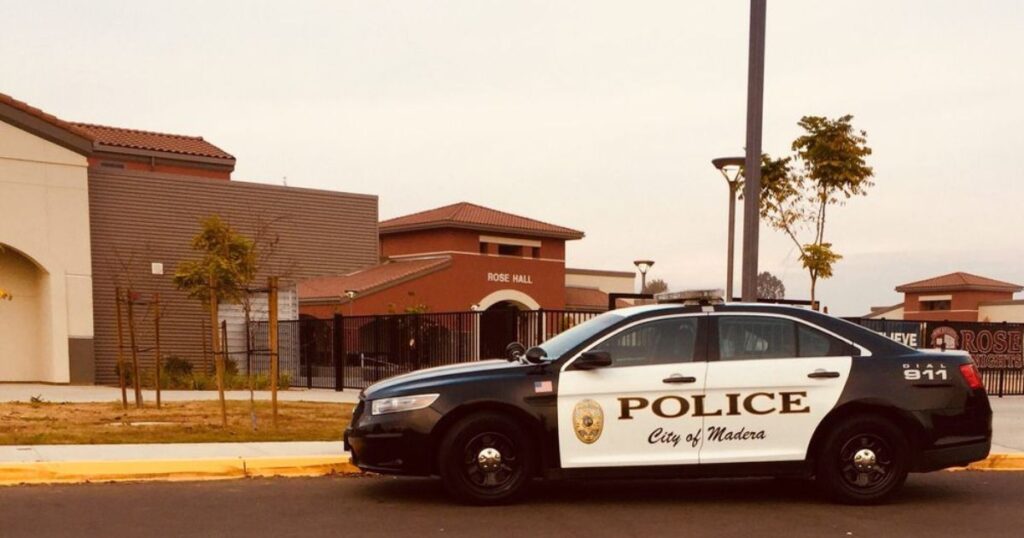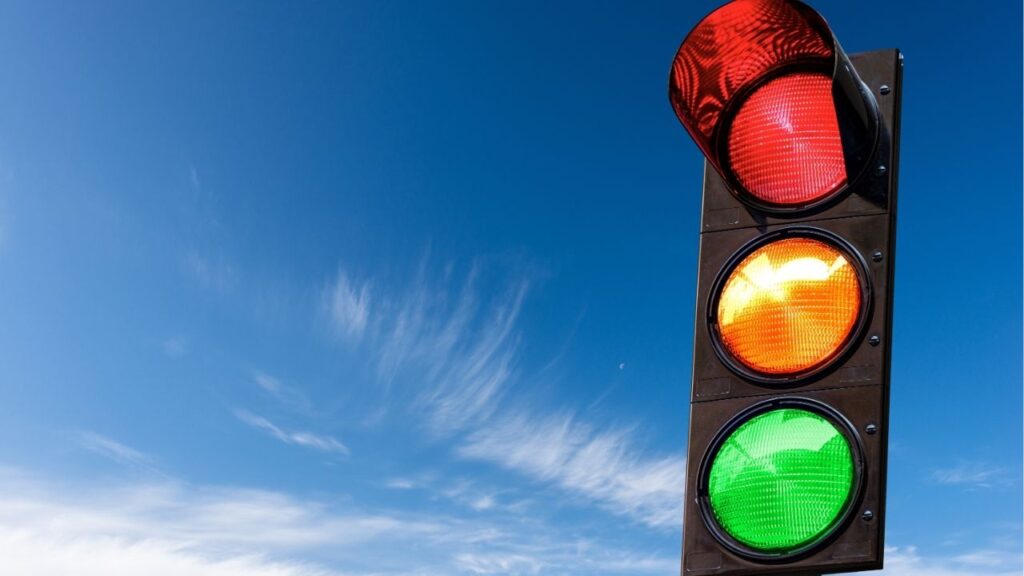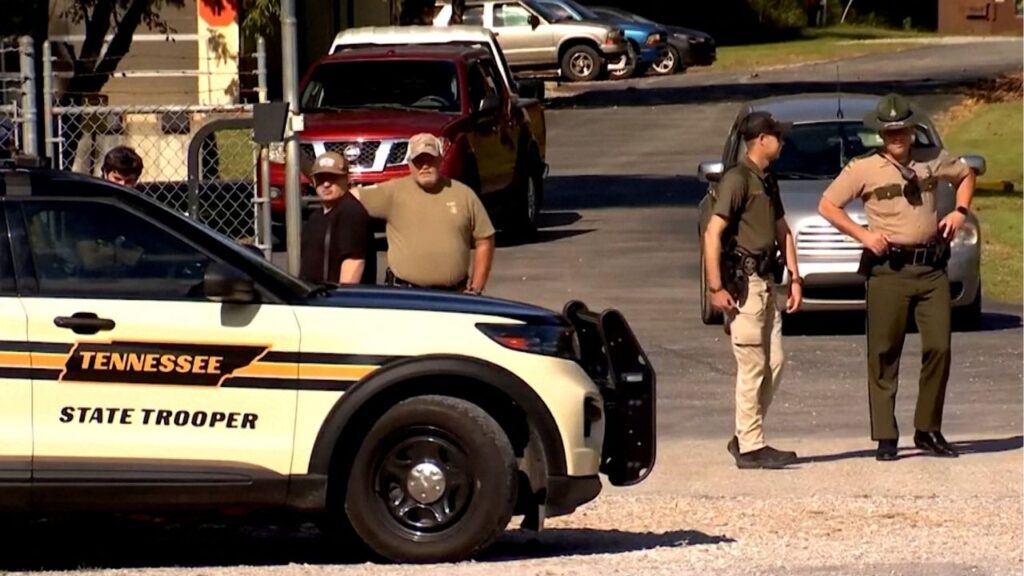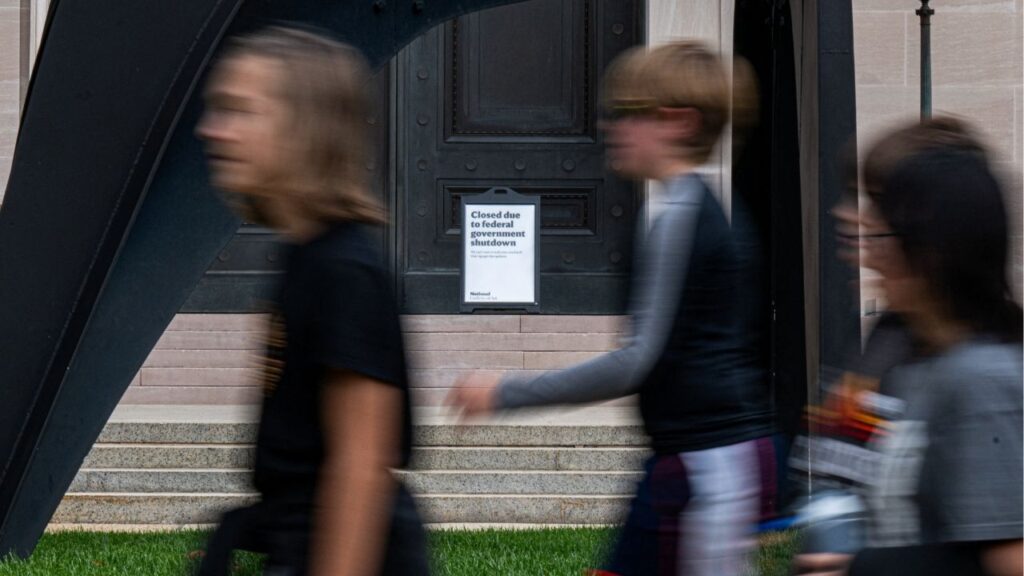Geminids meteor shower peaks Friday night, offering a celestial spectacle visible to the naked eye. (AP File)

- Geminids, active since Wednesday, are one of the strongest annual meteor showers caused by asteroid debris.
- Nearly full moon may wash out fainter streaks, but observers can use real-time fireball activity data to plan viewing.
- Best viewing conditions: clear sky, no moon or clouds, between midnight and sunrise, away from light pollution.
Share
|
Getting your Trinity Audio player ready...
|
Our universe might be chock-full of cosmic wonder, but you can observe only a fraction of astronomical phenomena with your naked eye. Meteor showers, natural fireworks that streak brightly across the night sky, are one of them.
The latest observable meteor shower is the Geminids, which has been active since Wednesday and is forecast to continue until Dec. 20. The shower is expected to reach its peak Friday night into Saturday morning.
Caused by debris from an asteroid, the Geminids are one of the strongest and most popular meteor showers each year. This shower is best viewed from the Northern Hemisphere, but observers south of the equator can also witness the show.
Like the Leonids last month, the Geminids peak during a nearly full moon, which may wash out the light from fainter streaks in the sky.
To get a hint at when to watch, you can use a meter that relies on data from the Global Meteor Network showing when real-time fireball activity levels increase in the coming days.
Related Story: Stargazers Prepare for Peak of Perseid Meteor Shower This Weekend
Where Meteor Showers Come From
There is a chance you might see a meteor on any given night, but you are most likely to catch one during a shower. Meteor showers are caused by Earth passing through the rubble trailing a comet or asteroid as it swings around the sun. This debris, which can be as small as a grain of sand, leaves behind a glowing stream of light as it burns up in Earth’s atmosphere.
Meteor showers occur around the same time every year and can last for days or weeks. But there is only a small window when each shower is at its peak, which happens when Earth reaches the densest part of the cosmic debris. The peak is the best time to look for a shower. From our point of view on Earth, the meteors will appear to come from the same point in the sky.
The Perseid meteor shower, for example, peaks in mid-August from the constellation Perseus. The Geminids, which occur every December, radiate from the constellation Gemini.
Related Story: Valley Residents Report Seeing a Meteor. Check Out the Video.
How to Watch a Meteor Shower
Michelle Nichols, the director of public observing at the Adler Planetarium in Chicago, recommends forgoing the use of telescopes or binoculars while watching a meteor shower.
“You just need your eyes and, ideally, a dark sky,” she said.
That’s because meteors can shoot across large swaths of the sky, so observing equipment can limit your field of view.
Some showers are strong enough to produce up to 100 streaks an hour, according to the American Meteor Society, though you likely won’t see that many.
“Almost everybody is under a light polluted sky,” Nichols said. “You may think you’re under a dark sky, but in reality, even in a small town, you can have bright lights nearby.”
Planetariums, local astronomy clubs or online maps can help you figure out where to get away from excessive light. The best conditions for catching a meteor shower are a clear sky with no moon or cloud cover, at sometime between midnight and sunrise.
—
This article originally appeared in The New York Times.
By Katrina Miller
c.2024 The New York Times Company
RELATED TOPICS:
Categories

Reggie Bush the Rescue Dog Is Ready for His Forever Team

Trump, 79, Has “Cardiac Age” of 65-Year-Old, Doctor Says

Two Arrested in Separate Property Crimes in Madera

















